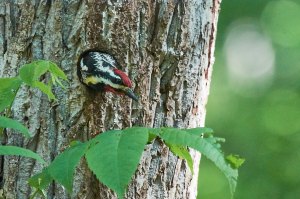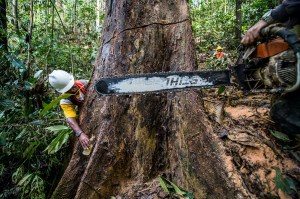Discover stories in Environments
Meet the Argonaut, The World’s Weirdest Octopus
Octopuses are awesome. These eight-legged oddballs of the ocean have always had a dedicated fanclub, and the recent documentary My […]
Hollow Homes: Meet the Warblers That Nest in Tree Cavities
Meet the prothonotary and Lucy’s warblers, two birds with very interesting nesting needs
Strange and Surprising Facts about Opossums
Death fainting! Walking embryos! And other weird facts about the underrated Virginia opossum.
More Cool Facts About the Yellow-Bellied Sapsucker
Meet the scientist who’s a sucker for sapsuckers.
Mapping Tree Cover Disparity
Trees provide valuable cooling services in cities, but they are not equally distributed. And the problem is worse than originally thought.
Holes and Weeping Trees: What’s up with the Yellow-bellied Sapsucker?
The sapsucker needs, well…sap. And lots of it. Here’s how it gets it.
Stayin’ Alive at the Seabird Disco
Seabird discos - complete with fake birds, mirrors, and a sound system - help restore breeding bird populations in the Caribbean.
Beaver? Otter? Muskrat? A Field Guide to Freshwater Mammals
Think you saw a beaver or a mink? Here’s how to tell for sure.
The Butterfly of Spring: Meet the Mourning Cloak
Have you seen the mourning cloak butterfly? It may well be flying around your neighborhood right now, a sure sign of spring.
Chipmunk Quest
A chipmunk is a chipmunk, right? Nope. There are 22 species in the United States. Here’s how to find them.
Take Down Your Feeders: Salmonella is Killing Songbirds
Bird feeding is spreading salmonella. Here’s how you can help.
Deforestation Reduces Worker Productivity in the Tropics
Research from Indonesia finds that rural workers in deforested landscapes were less productive than those working in intact forest settings.











